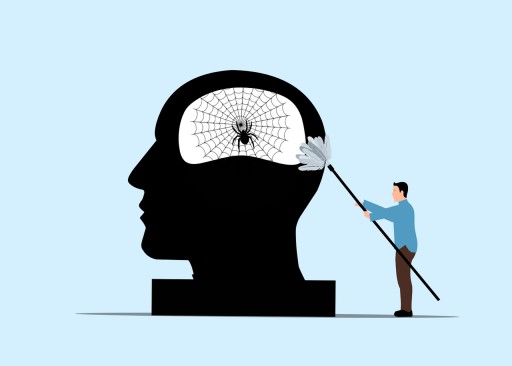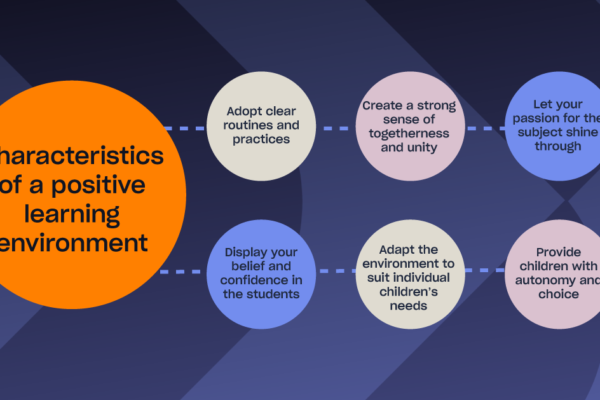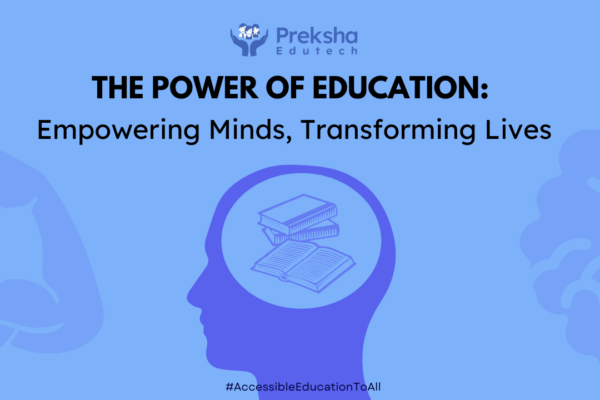Introduction
The digital age has revolutionized the way we consume and interact with information. With the sheer volume of content available online, it’s no surprise that some of it remains uncategorized. But what exactly is uncategorized content, and what role does it play in the digital landscape? In this article, I will explore the concept of uncategorized content, its impact on user experience, the challenges it poses, and strategies for managing and organizing it effectively.
Defining Uncategorized Content
Uncategorized content refers to information that has not been properly classified or organized into specific categories or topics. This can include blog posts, articles, images, videos, and any other type of digital content that lacks clear classification. Uncategorization can occur due to various reasons, such as human error, lack of time, or the nature of the content itself.
The Impact on User Experience
Uncategorized content can have a significant impact on user experience. When users are unable to find the information they are looking for easily, it can lead to frustration and a negative impression of the website or platform. Uncategorized content can also make it difficult for users to discover related or relevant content, hindering their ability to explore and engage with the website further. This lack of organization can also decrease the overall credibility and trustworthiness of the platform, as users may question the reliability of the information presented.
Moreover, uncategorized content can also have SEO implications. Search engines rely on categorization and metadata to understand the relevance and context of content. When content is uncategorized, it becomes harder for search engines to properly index and rank it, resulting in lower visibility and organic traffic.
The Challenges of Managing and Organizing Uncategorized Content
Managing and organizing uncategorized content can be a daunting task for content creators and website administrators. It requires time, effort, and a systematic approach to ensure that all content is properly classified and accessible. One of the main challenges is the sheer volume of content that needs to be organized. As websites and platforms grow, the amount of uncategorized content can become overwhelming.
Another challenge is the lack of standardized classification systems. Different platforms and websites may have different taxonomies and categorization structures, making it difficult to maintain consistency across multiple platforms. Additionally, the dynamic nature of digital content means that new content is constantly being created, making it an ongoing challenge to keep everything organized and up-to-date.
Strategies for Organizing and Categorizing Uncategorized Content
To effectively manage and organize uncategorized content, a systematic and strategic approach is required. Here are some strategies to consider:
- Audit and assess the current content: Start by conducting a thorough audit of all the existing content to identify uncategorized items. Assess the importance and relevance of each piece of content to determine the priority for categorization.
- Develop a taxonomy: Create a clear and comprehensive taxonomy or classification system that aligns with your website or platform’s objectives and target audience. This taxonomy should be consistent and intuitive, making it easy for users to navigate and find the information they need.
- Implement content management systems: Utilize content management systems (CMS) that offer robust categorization and tagging capabilities. These systems allow for easy organization and retrieval of content based on predefined categories and tags.
- Leverage user-generated content: Encourage users to contribute to the categorization process by allowing them to tag and classify content. User-generated tags can provide valuable insights and help improve the overall organization of uncategorized content.
- Regularly review and update: Content organization is not a one-time task. It requires ongoing maintenance and updates. Regularly review and update the taxonomy and categorization system to ensure that it remains relevant and aligned with the evolving needs of the platform and users.
Tools and Technologies for Managing Uncategorized Content
Several tools and technologies are available to assist in managing and organizing uncategorized content. These include:
- Content management systems (CMS): CMS platforms such as WordPress, Drupal, and Joomla provide robust features for organizing and categorizing content.
- Metadata management tools: Metadata management tools help in creating and managing metadata associated with content, enabling better organization and discoverability.
- Machine learning and AI: Advanced technologies like machine learning and artificial intelligence can be utilized to automatically categorize content based on predefined rules and patterns.
- Tagging plugins and extensions: Various plugins and extensions are available that allow for easy tagging and categorization of content within CMS platforms.
The Importance of Metadata in Organizing Uncategorized Content
Metadata plays a crucial role in organizing uncategorized content. It provides additional information about the content, such as the date of creation, author, keywords, and description. This metadata helps search engines understand the context and relevance of the content, improving its discoverability and ranking. Additionally, metadata allows users to quickly assess the relevance and credibility of the content before engaging with it.
To effectively use metadata, it’s important to establish a standardized format and set of guidelines for creating and managing metadata. This ensures consistency across all content and makes it easier to search and retrieve specific pieces of information.

Best Practices for Creating and Managing Uncategorized Content
To create and manage uncategorized content effectively, consider the following best practices:
- Plan and organize: Before creating content, plan and outline the topics and categories it will fall under. This ensures that content is created with a clear purpose and can be easily categorized.
- Use descriptive titles and headings: Clear and descriptive titles and headings help users and search engines understand the content’s topic and relevance.
- Include relevant keywords: Incorporate relevant keywords naturally within the content to improve search engine visibility and categorization.
- Utilize tags and categories: Utilize tags and categories within the CMS to categorize and organize content effectively. Be consistent and avoid creating too many categories, as it can lead to confusion.
- Regularly review and update: Regularly review and update existing content to ensure it remains accurate and relevant. Remove or update outdated content to maintain a clean and organized website or platform.
Case Studies of Successful Implementation of Uncategorized Content Strategies
Several organizations have successfully implemented strategies to manage and organize uncategorized content. One such example is the online learning platform Coursera. Coursera effectively categorizes its vast library of courses into specific topics and subjects, making it easy for users to find relevant courses based on their interests. By providing a robust taxonomy and categorization system, Coursera ensures a seamless user experience and encourages continued engagement.
Another example is Pinterest, a platform that allows users to discover and save images and content. Pinterest effectively utilizes user-generated tags to categorize content, enabling users to explore and discover content based on their specific interests. This crowdsourced categorization approach has proven to be effective in managing and organizing a vast amount of uncategorized content.










Comments on " Understanding the Role of Uncategorized in the Digital Age" :